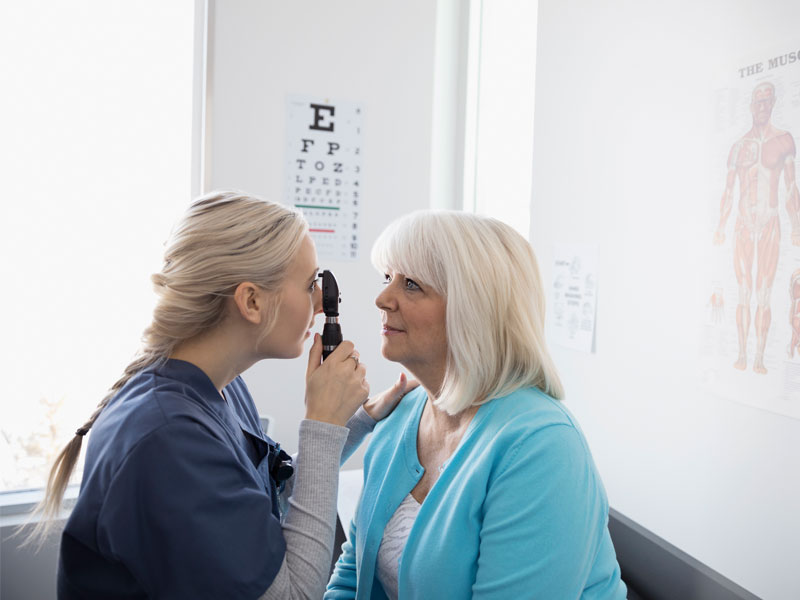
Understanding Common Eye-Related Terms
While at the eye doctor, you may come across some medical terms during the exam and potential diagnosis. It might feel like they are speaking a foreign language. Don’t feel overwhelmed though—we’ve made it easy for you by breaking down common clinical terms into easy-to-understand definitions:
Achromatopsia: An inherited condition, this means your retinas lack certain receptors. Your vision may suffer and you could experience partial or total color-blindness.
Amblyopia: More commonly known as a “lazy eye,” this condition results when vision doesn’t develop the way it should in one eye or the other. If left untreated, one eye will always be weaker.
Aqueous humor: Although there’s nothing funny about it, this term relates to the clear, watery fluid between your lens and cornea.
Astigmatism:This term refers to the anatomy of the cornea. When it’s shaped more like an oval than round, it can cause blurry vision. You can remedy it with glasses, contact lenses or surgery.
Choroid: Your eyes are complex organs, made up of many components. The choroid refers to the layer of blood vessels between your retina and sclera.
Choroiditis: Sometimes the uvea, the eye’s middle layer, becomes inflamed. In this case, it causes the layer beneath your retina to become inflamed.
Conjunctiva: Your eyelids and the outer surfaces of your sclera are protected by this special tissue. When it becomes inflamed, you might experience a highly contagious condition known as pinkeye or conjunctivitis.
Cornea: This is the clear front outer layer of your eye that covers the iris.
Cryotherapy: Sometimes the doctor determines that inflammation in the eye is a concern. He or she might recommend surgery that freezes and destroys abnormal cells.
Dilation: It’s common for your eye doctor to give you medicated drops to open your pupil, so he or she can get a better view of the back of your eye. You might have trouble safely driving or reading text on a screen after this procedure.
Hyperopia: Synonymous with farsightedness, this means it’s hard to see objects up close, but things farther away are clearer. A prescription can help correct the problem. You might need glasses for reading and computer work.
Intraocular: Of or related to the inside of your eye.
If you ever have any questions about eye health and preventative measures, know that your Midwest Eye Consultants doctor is there to help. Schedule an appointment today if you have any pressing concerns.
No Comments